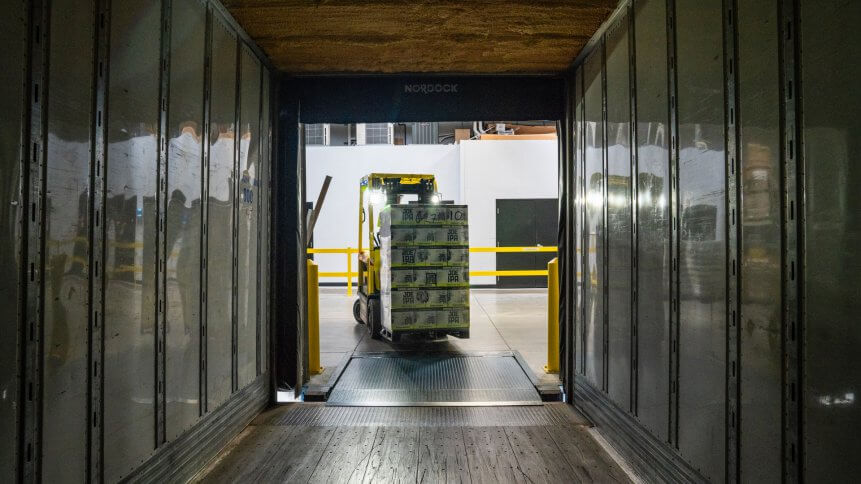How reverse logistics technology will tackle a tsunami of returns

- The global reverse logistics market is expected to reach US$603.90 billion by 2025
- Retailers are expecting a tsunami of returns as the sector reopens
- Big data and blockchain can optimize reverse logistics management
With nearly all 50 states moving forward with reopening sectors under various conditions, US retailers and operations managers must brace themselves for the incoming flood of returns expected to roll in. One way to manage this is with the help of reverse logistics technologies.
The global reverse logistics market is forecast to hit US$603.90 billion by 2025, and businesses can save millions of dollars if reverse logistics management is implemented and done properly. With the expansion of the e-commerce industry emerging in parallel with the closure of many brick-and-mortar stores, retailers can expect to see a hike in return goods once the reopening of the sector begins.
Retailers are expecting piles of returns in the coming weeks due to the months unprecedented disruption in retail services and supply chains. The introduction of next-gen technologies like big data and blockchain both have strong potential in easing the burden of processing returns and reverse logistics management.
Powerful duo
Big data has supported retailers in making critical business decisions from gaining market insights to launch new products, to help achieve a holistic view of evolving consumer trends and shopping habits. The same can be applied to reverse logistics management.
Retailers can rely on data to disclose the conditions of returned items and decide what’s the next best move. For instance, when retailers receive returned goods, they can scan the return and access the condition of the item, prompting their software system to automatically advise the retailer on what to do. Each item is assessed via a multitude of data points according to Nate Barad, director of product marketing and strategy at Episerver, speaking to Supply Chain Dive.
Meanwhile, blockchain is able to add transparency to the supply chain and processes, strengthening the use of big data by retailers.
Inventory data stored in the blockchain can confirm if returned goods are genuine, identify the specific store or chain that sold them, and later track items as are sent for resale, recycling, liquidation, or disposal.
In short, big data provides insights on goods and blockchain gives retailers the ability to track goods.
Blockchain can help win consumer confidence by ensuring that retailers and manufacturers comply with the proper procedure for disposing and managing returned goods.
As consumers are increasingly making more eco-conscious decisions in purchases, blockchain technology is an ideal solution to put environmentally concerned minds at ease. These consumers expect brands and companies they support to abide by the guidelines set by the International Organization for Standardization (ISO), which included the proper disposal of goods and removal of personal information from electronics. Blockchain is able to allow for manufacturers to ensure that required measures are being completed through registration and updates of data in the technology, ensuring that consumer expectations are being met.
Supply chain leaders and retailers have a huge opportunity to recapture a lot of lost costs by enlisting the help of big data and blockchain in reverse logistic management.
According to B-Stock’s EMEA Director, Ben Whitaker, free returns policies have long been a major appeal for online shoppers, but the hidden costs of these services are cutting into overhead costs. At the eCommerce Expo last year, Whitaker shared: “One UK department store is said to have claimed that any online order under the value of £30 is unprofitable.
“Now, consider that between 30 percent and 50 percent of items purchased online are returned: how do you even begin to recoup the loss? Taking control of your reverse logistics processes is one way to help.”
Comprehensive reverse logistics is more than cutting losses in returns but also providing efficient services in the return of goods and creating positive customer experiences. Big data and blockchain have the capability to help retailers optimize the route of reverse logistics and keep costs down for both sides while retaining quality services.










